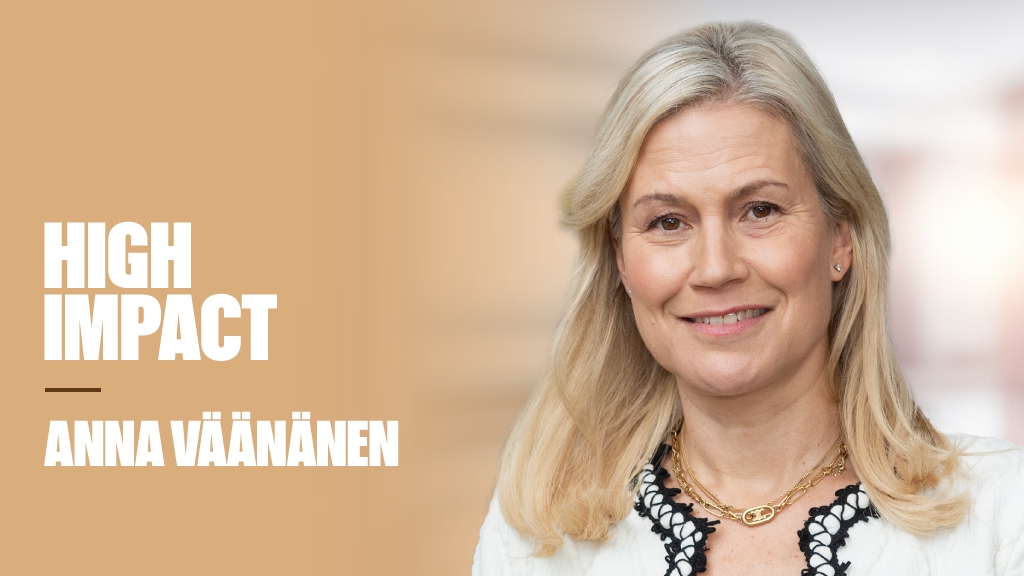The Skandia Global Futures Fund is Ucits compliant and is designed to offer investors an alternative investment strategy uncorrelated to traditional equity and bond portfolios.
Putting it within a Ucits framework was a move made to appeal to investors "who like the idea of investing in an established and diversifying alternative asset class, but who also want the comfort of investing in a fund which is highly transparent, tightly regulated and offers daily liquidity", SIG said.
The group’s partner on the fund is Aspect Capital, a London based managed futures manager which currently runs approximately $6bn in assets.
SIG has selected Aspect Capital because it is aiming to achieve the sort of returns generated by Aspect’s Diversified Programme, which is the company’s flagship investment strategy.
The Diversified Programme caters mainly for institutional investors and has been running for over 12 years.
"From our discussions with fund buyers around the world, we believe that the Skandia Global Futures Fund will meet the requirements of those investors who are keen to put their money into alternative investment strategies but via a fund that sits within the Ucits framework and with performance that is delivered by a provider they can trust.
"That trust is based on SIG’s ability to select managers who we regard as exceptionally talented. Having put them through stringent tests to ensure they meet our standards for excellence, we are confident that Aspect Capital is a business with tried and tested strategies who have met those criteria."
Meanwhile, Skandia UK announced a 5% fall in its net inflows for the first nine months of 2011, to £1.8bn.
The firm said it was pleased with this performance, as it compared favourably with net retail fund sales falling 26% over the same period, according to IMA statistics.
Funds under management for the company now total £32.2bn, a 5% fall since the end of 2010.
Skandia said it had seen investment into cash and money market funds via its Investment Solutions platform more than double in the third quarter of the year, as investors sought safe havens from the stock market volatility.









